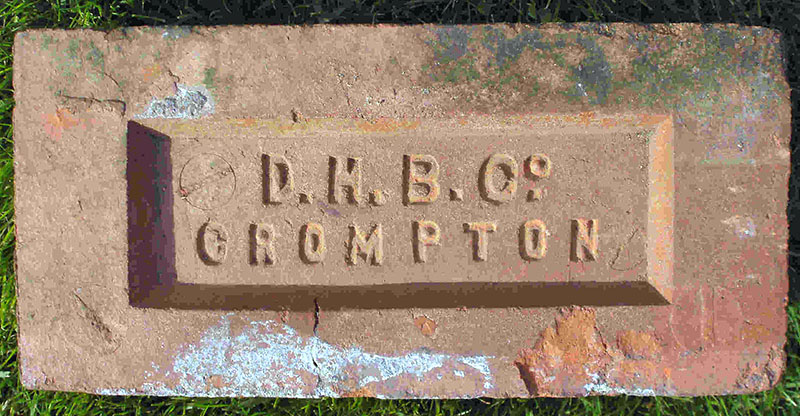
Photo by courtesy of the Frank Lawson collection.
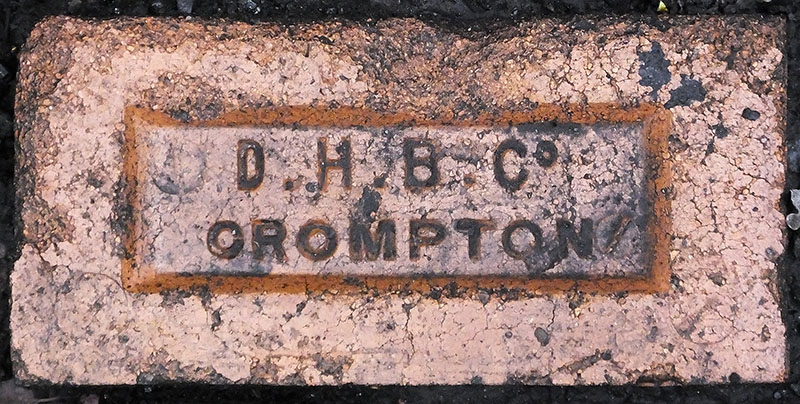

Photo by courtesy of the Frank Lawson collection.

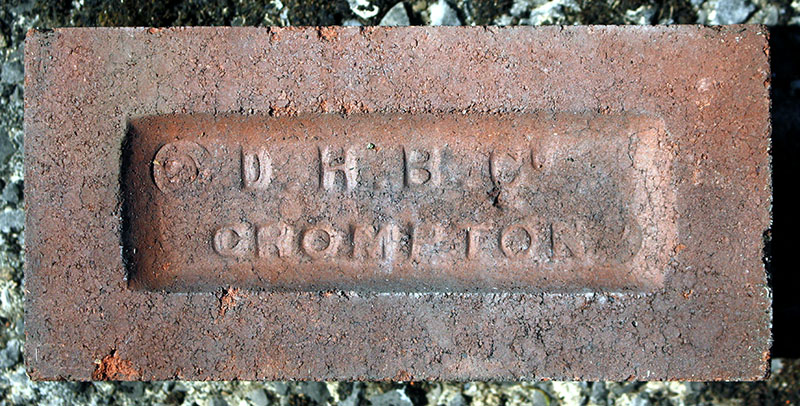
The Dagger Hey brickworks was established at Crompton Fold, north of Oldham some time after 1895 and is shown on OS maps of 1909 with a large Hoffman type kiln and a shale quarry. The works was closed and the site closed by 1930. Photos by David Kitching.
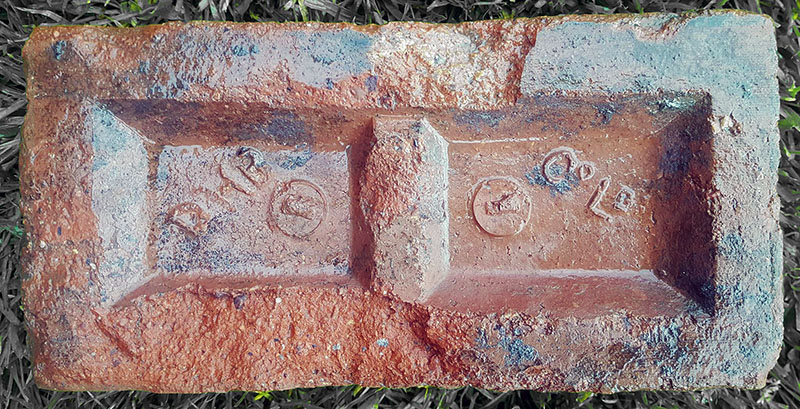
Photo by Jason Stott.
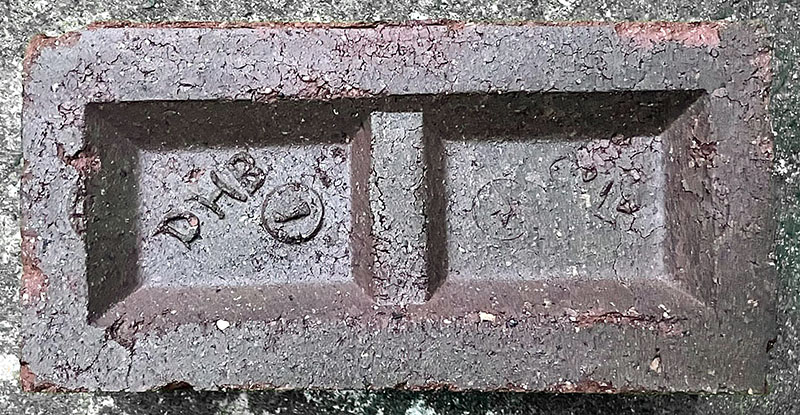
Photo by Phil Burgoyne.
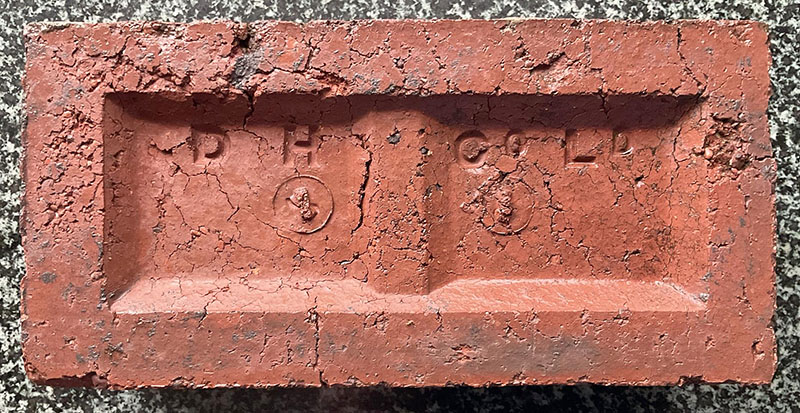
Photo by Ian Sneyd.
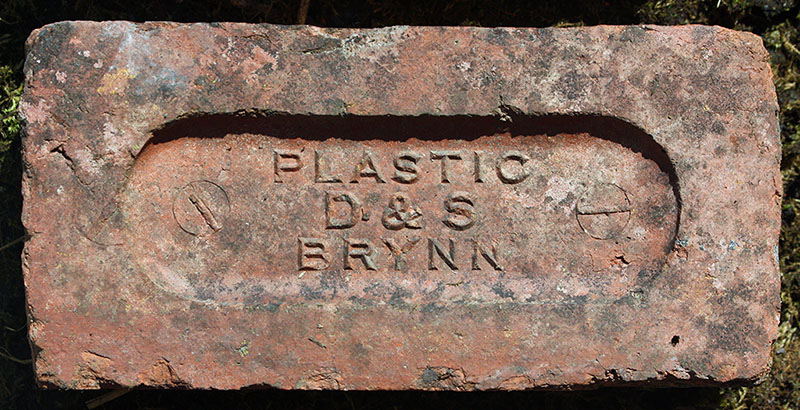
A brick from Bryn (spelt Brynn in the 19th century) near Ashton in Makerfield. Dean & Smith, Park Lane, Bryn, Wigan. Park Llane the street is now known as Wigan Rd (A49). The site is now Edmund Collins Park (known locally as Rose Hill Park). The works first appears on the 1892 OS map and disappears by 1926 OS map. Information by David Pasquill, photo by David Kitching.
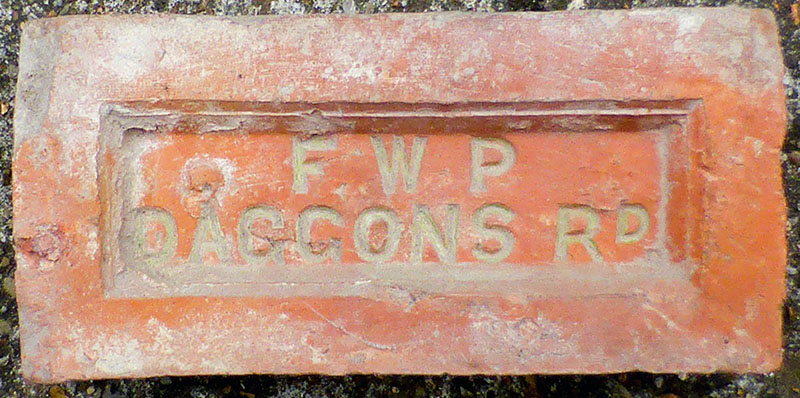
The 1900 OS map shows the Daggons Road pottery & brickworks behind the railway station in Alderholt, Dorset. On the web there is a Kellys 1915 listing of Alderholt’s residents & businesses & the Daggons Road Brickworks Ltd. is recorded. FWP was Francis William Padgett and he is in the Dorset Kellys for 1875 as a Brick Manufacturer and Potter of Wyke Regis Dorset. In 1881 he was listed as a master potter and brick (manufacturer) at Alderholt. From 1881 to 1885 he was advertising at Weymouth Pottery and Brick Works and also at Daggons Road Station which was described as a branch business. In April 1885 the business was in receivership and 1891 he was running a brickyard at Wyke Regis, the Daggons Road works having been passed to Aaron Read by 1886. Info by Richard Newman and Martyn Fretwell, photo by Martyn Fretwell.
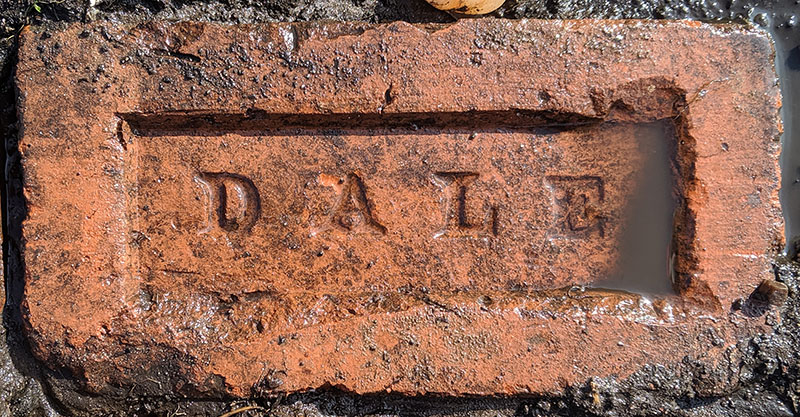
Found at Vernon Road, Nottingham. Photo by Lorna Ellans.
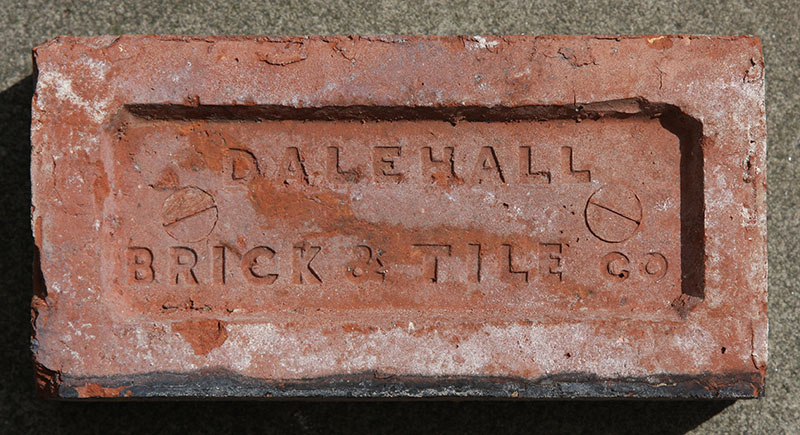
Situated in Ellgreave Street, Dalehall, Burslem, Staffordshire around 1850 this yard made bricks of a good quality Staffordshire red & blue. The brick here was recovered from the Slater Street area of Middle Port during demolition in 2008. Photo and description by Ken Perkins.
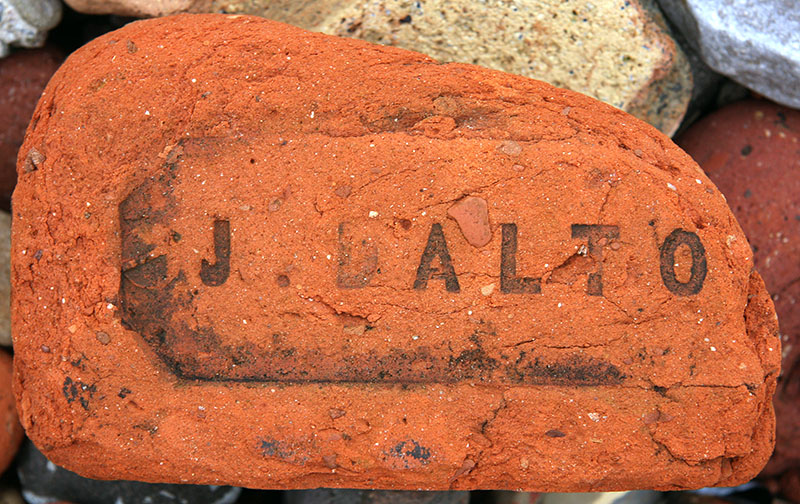
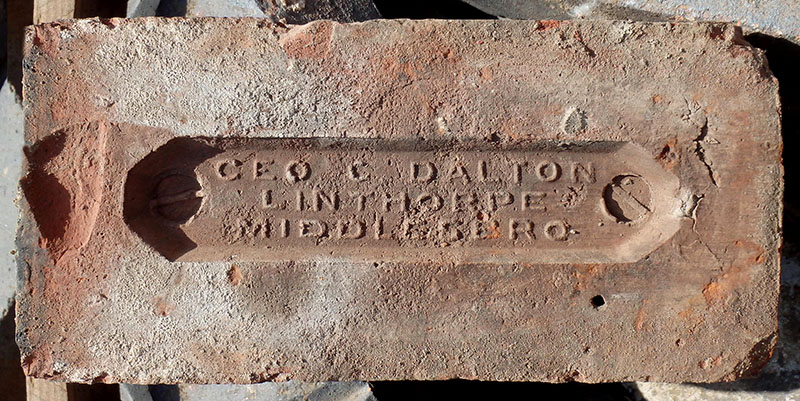
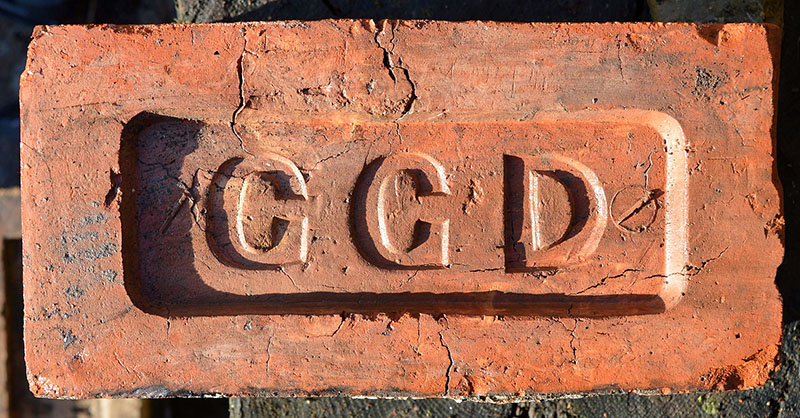
George Grubb Dalton, Brick Manufacturer, Builder & Contractor, Linthorpe, Middlesbrough is recorded in the London Gazette as giving Notice of Intended Dividends on the 13th November 1888. Residence Cambridge Road, Linthorpe & trading in Linthorpe, Middlesbrough & all of Yorkshire. Info by Martyn Fretwell, photos by Frank Lawson.
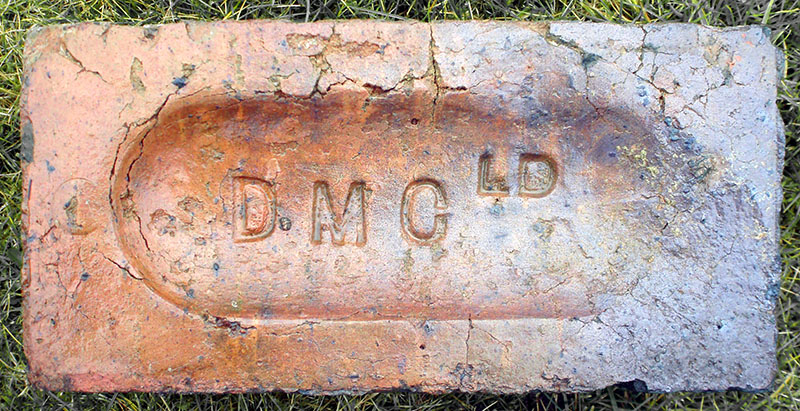
Dalton Main Collieries Ltd., Silverwood Colliery Brickworks, Thrybergh, Rotherham. Photo by Frank Lawson.
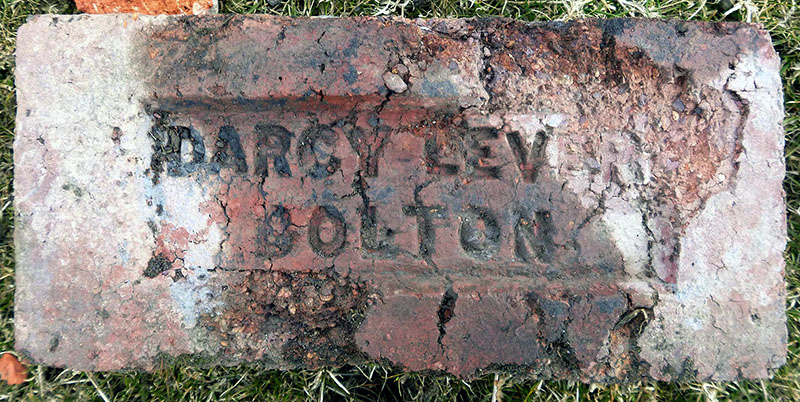
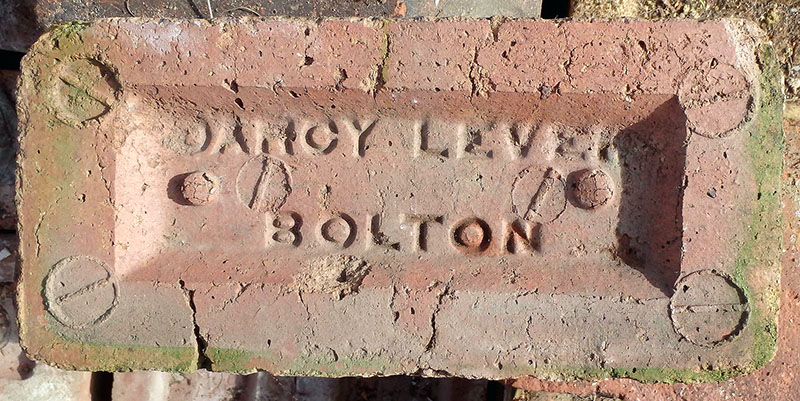
Darcy Lever is a township to the north of Bolton. Photos by Frank Lawson.
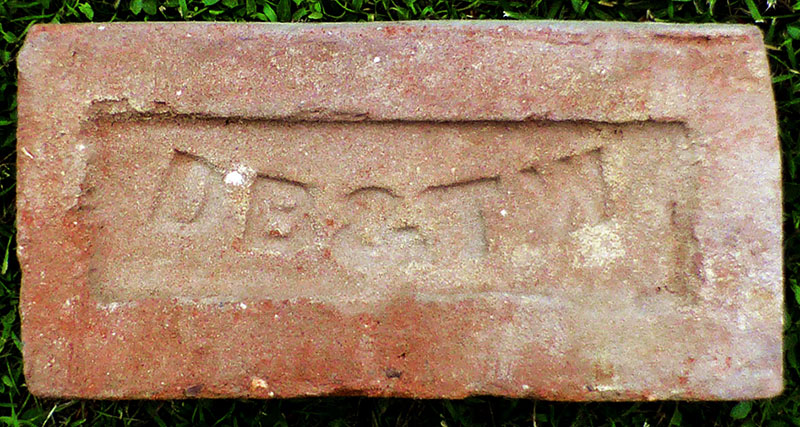
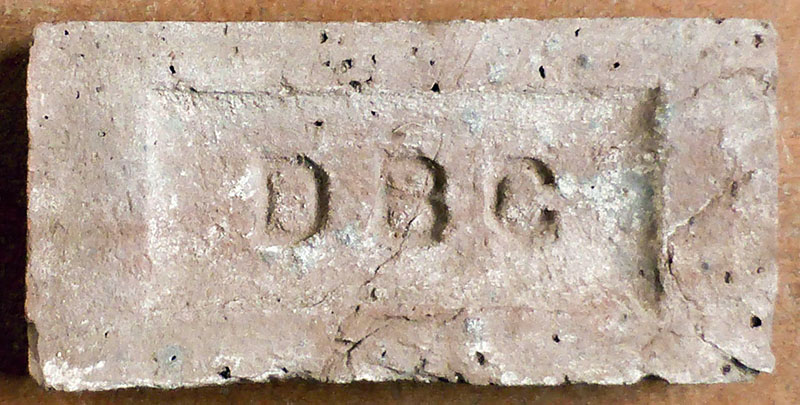
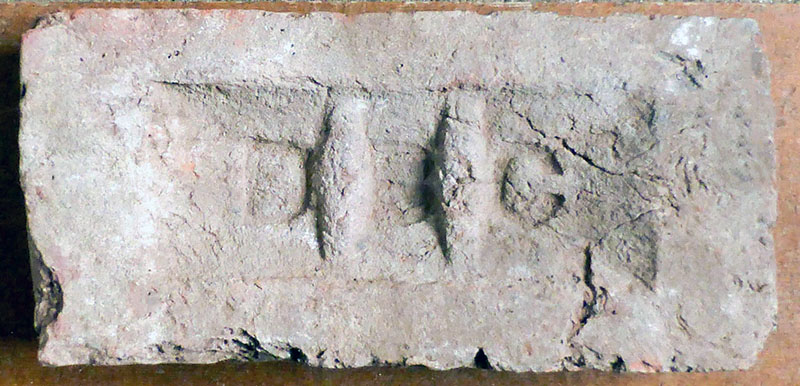
DBC = Darby Brick Co.
Samuel Darby is listed at the
Victoria Brickworks, Beccles, Suffolk in Kellys 1865 to 1896 editions producing bricks, tiles& sanitary pipes. The listing in Kellys 1900 to 1916 editions is Darby Brothers Ltd. Victoria
Brickworks, Beccles. Samuel Darby also retailed coal & slate, supplied english & foreign timber from
his Waveney Sawmill at Gillingham, Suffolk, a barge owner, a wharfinger & water carrier. Info & Photographed at the Museum of East Anglian Life by Martyn Fretwell.
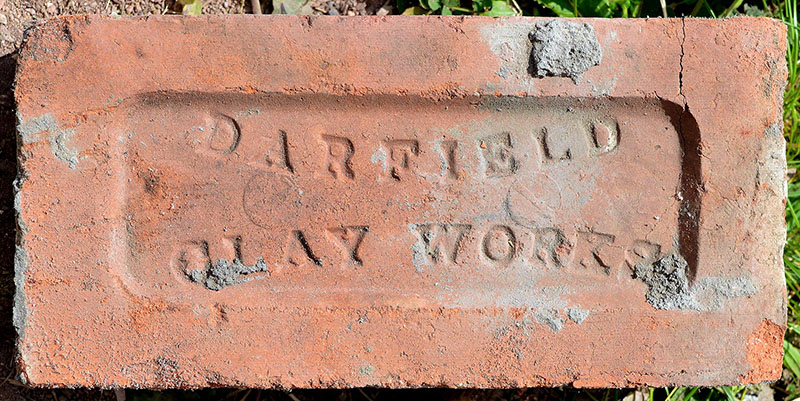

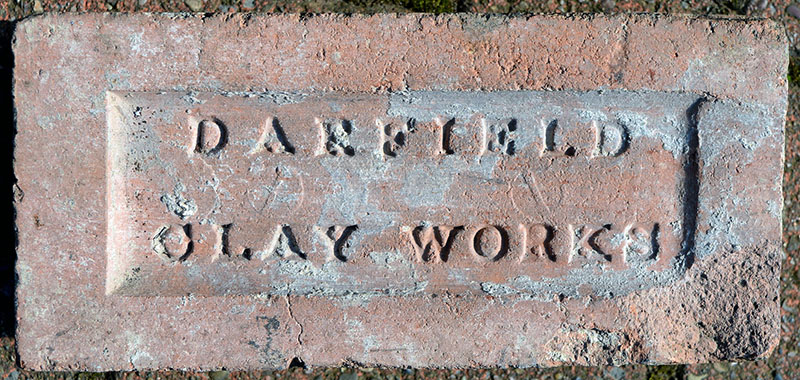
Darfield is near Barnsley. The site was operated as Darfield Clay Works cl865 - cl880. Following on was owned by James Gooddy with bricks marked J GOODDY / DARFIELD / CLAY WORKS. Source: The Maurice Dobson Museum, Darfield, South Yorkshire. Images by Frank Lawson.
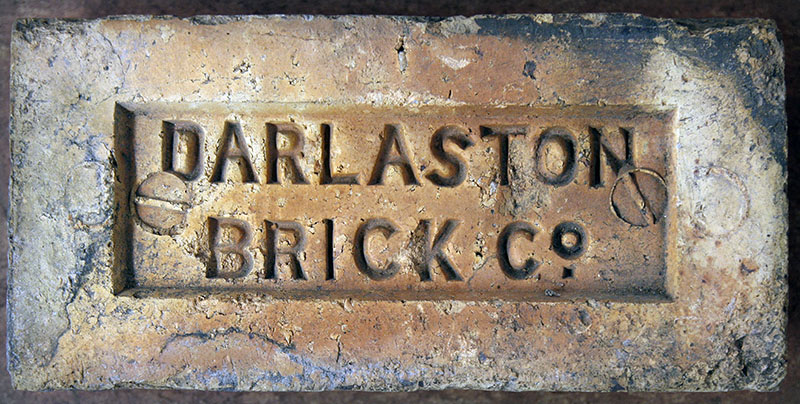
Darlaston Brick Co, brickworks was situated to the north-west of
Darlaston & James Bridge Station shortly after 1900. There
were six rectangular kilns shown on the 1917 OS map. By 1924 it
had become the Darlaston Brick Co.
Ltd, but by 1938 the site had been cleared and other industry
developed. Photo and information by David Kitching.

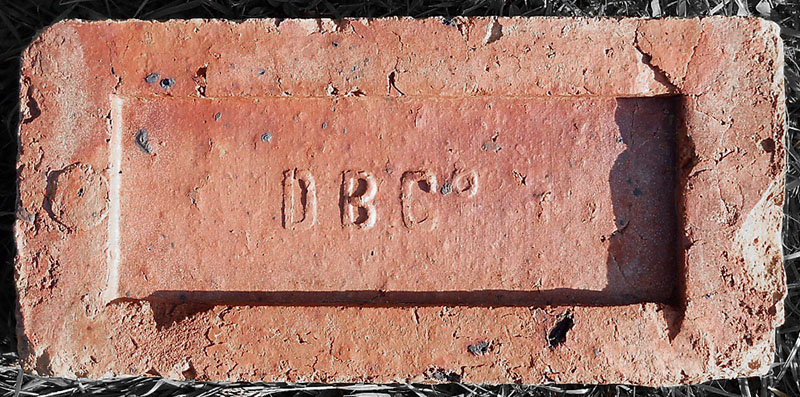
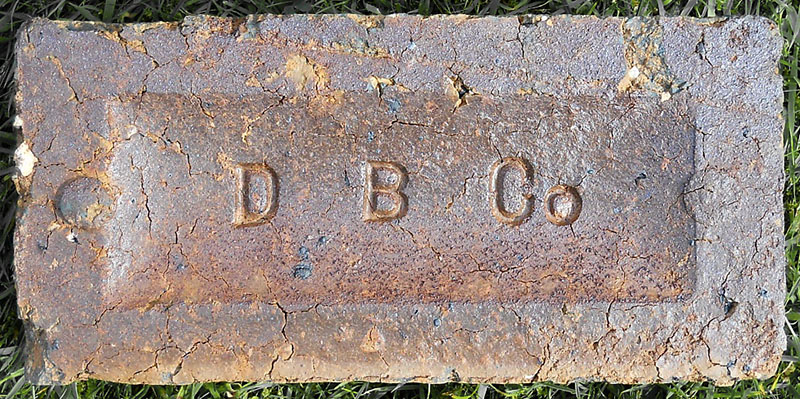
Photos by Ray Martin.
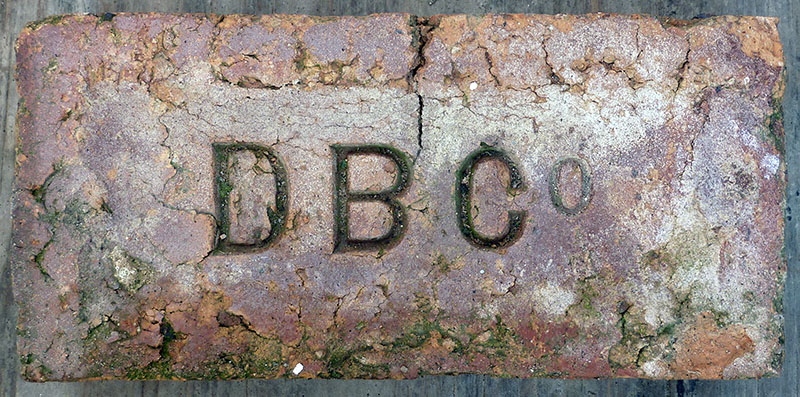
Photo by Duncan Russell.
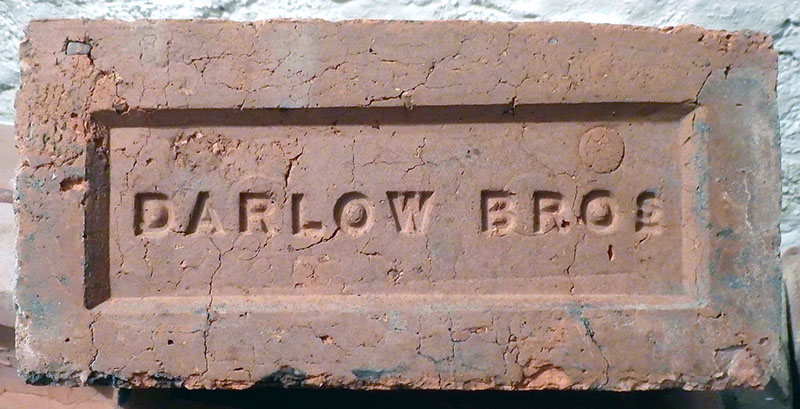

The Davenport Terra Cotta, Brick & Tile Co, was on Garners
Lane, Davenport, Stockport. It appears in the 1902 and 1906 trade
directories, but not 1896 or 1914 and was owned by William & Thomas Meadows who were builders and contractors. Photo and info by David
Kitching.
See also William and Thomas Meadows.
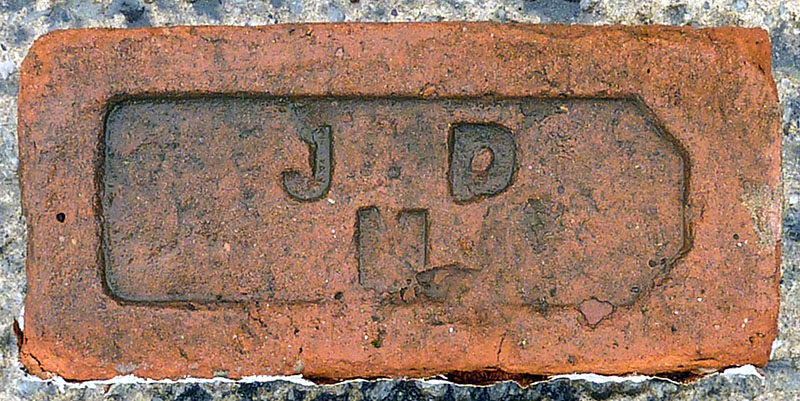
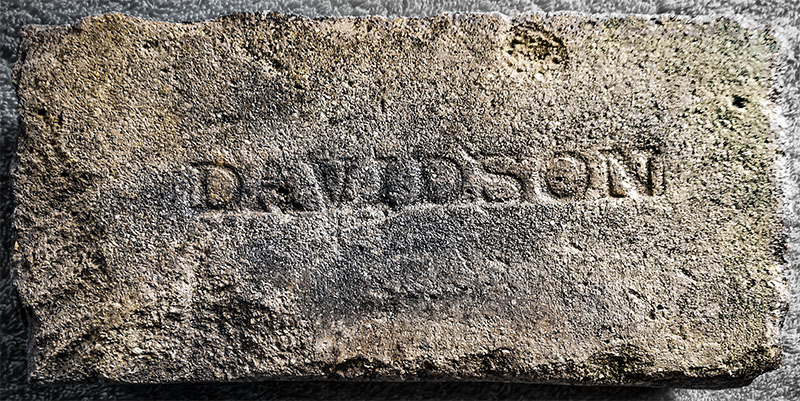
Found in Tweedmouth. The Davidson Glass Company was
founded at Teams, Gateshead in 1867 and they built a factory
adjacent to several brickworks. It's probable they either owned one
of these, or had their own branded bricks made there. Info courtesy of Scottish
Brickmarks, photo by Chris Tilney.
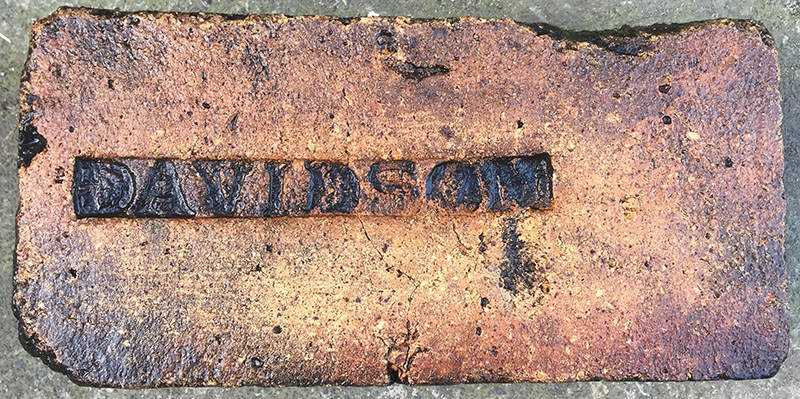
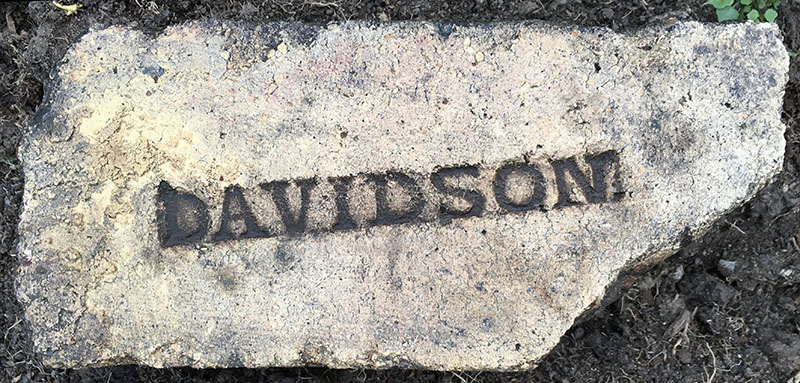
Photos by Steven Tait.
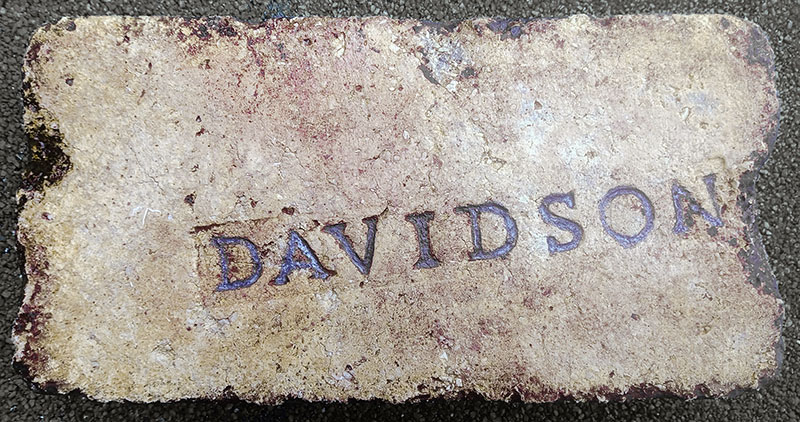
Photo by Chris Graham.
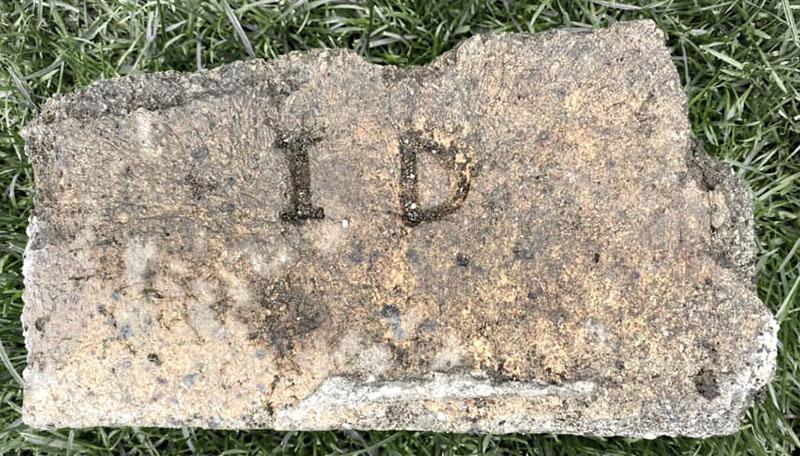
Thought to be John Davidson, Ouseburn Fire Brick Works, Newcastle Upon Tyne, c1850. Photo by Kirsten Ellis.
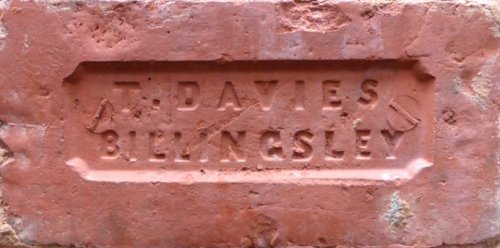
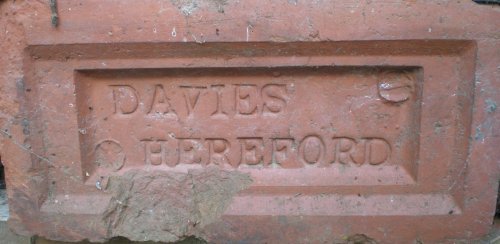
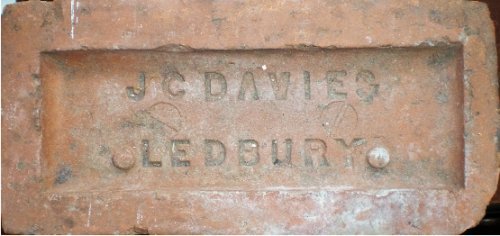
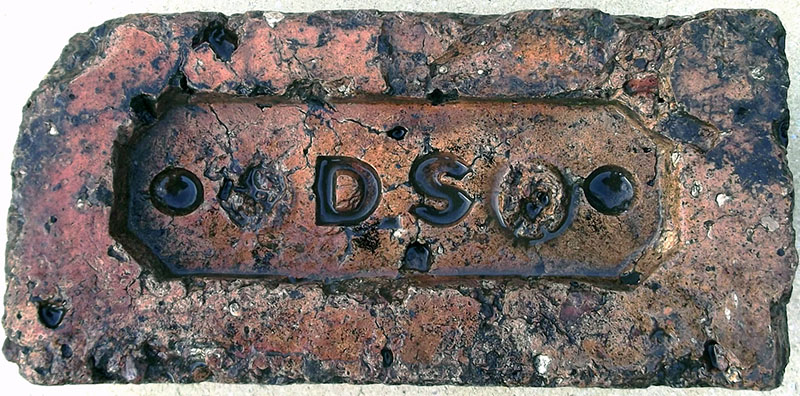
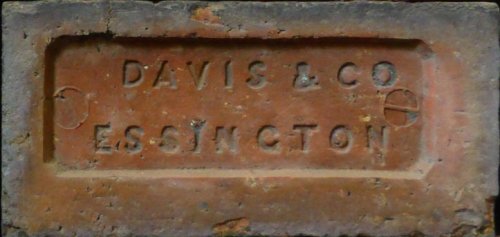
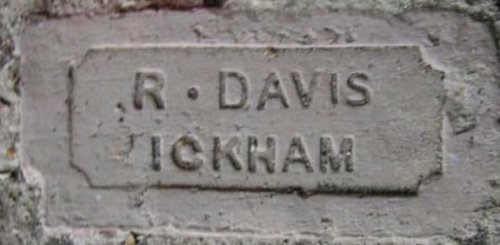
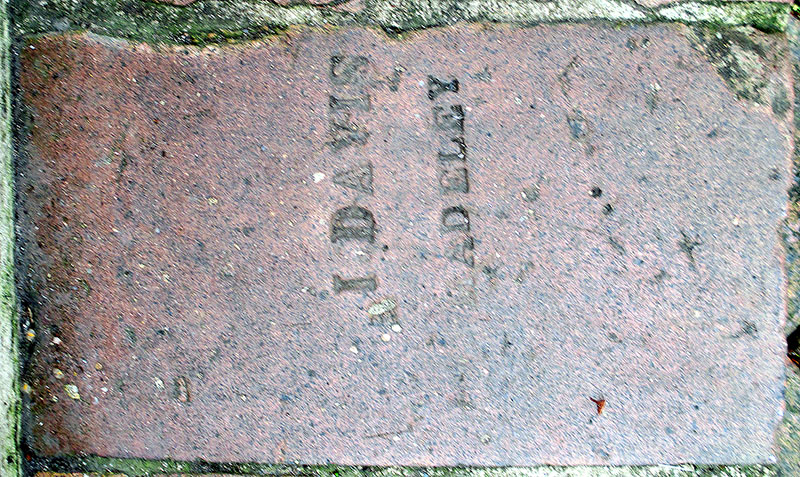
In 1851 John Davis is noted as a brick and tile manufacturer at Hailes Field, Madeley, Shropshire. Slater's 1859 Directory lists Davis Jno. Brick & Tile maker Tweedale & Madeley Wood. This paver was photographed in Bridgnorth by Mike Shaw.
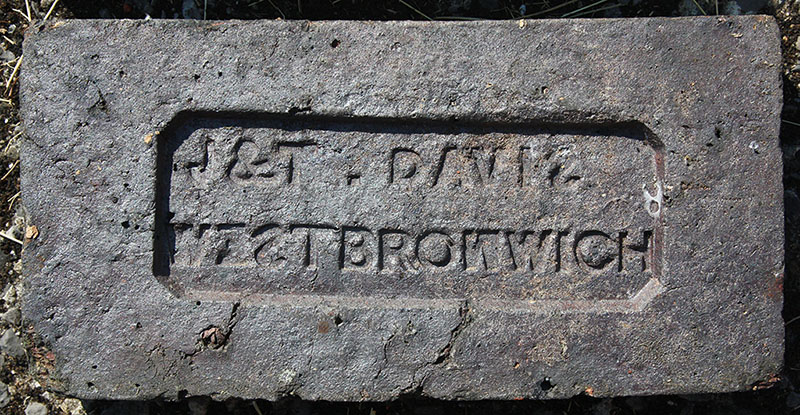
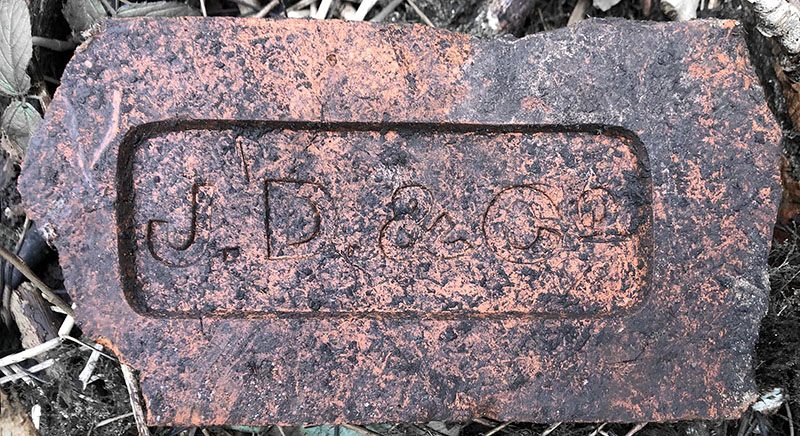
Photo by Dan Armstrong.
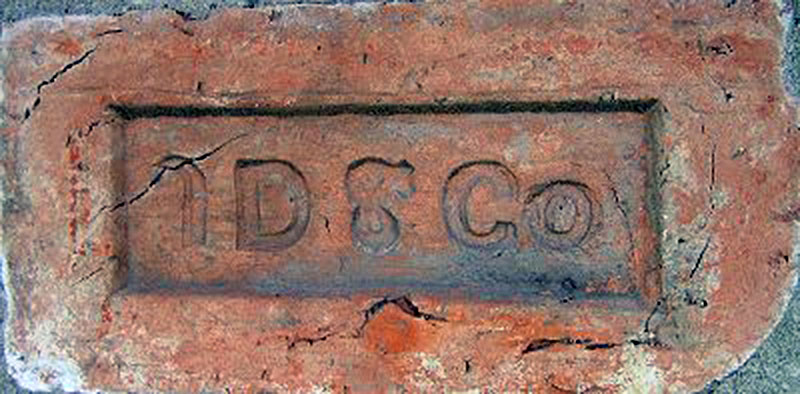
John Davison, Bowesfield Brickworks, Stockton-on-Tees. Davison purchased this works from Henry Matravers in 1881.

Handmade on the North Yorkshire Moors near Grosmont. G W Davison was a local farmer and apparently there is a small pond near the farm lined with them. Photo and information by Sarah Chattenton.
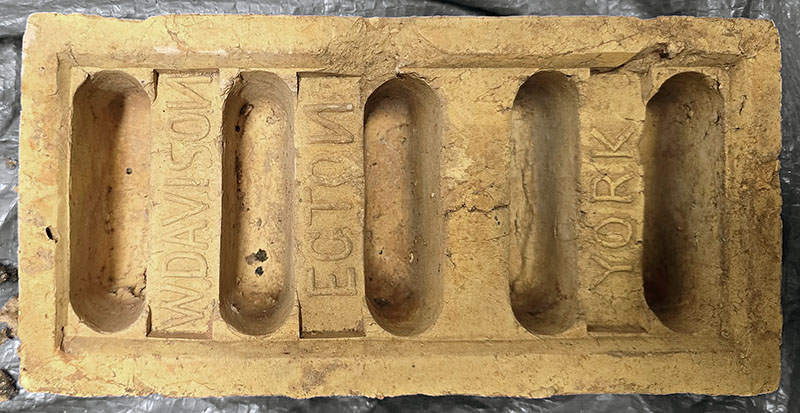
Photo by Elizabeth Robinson.